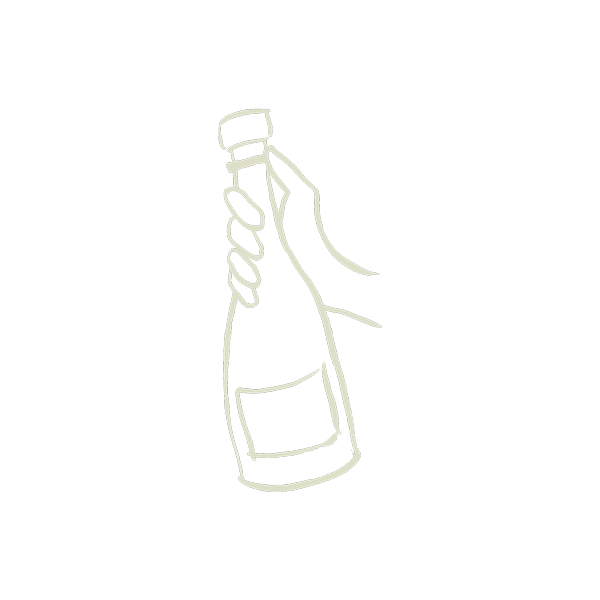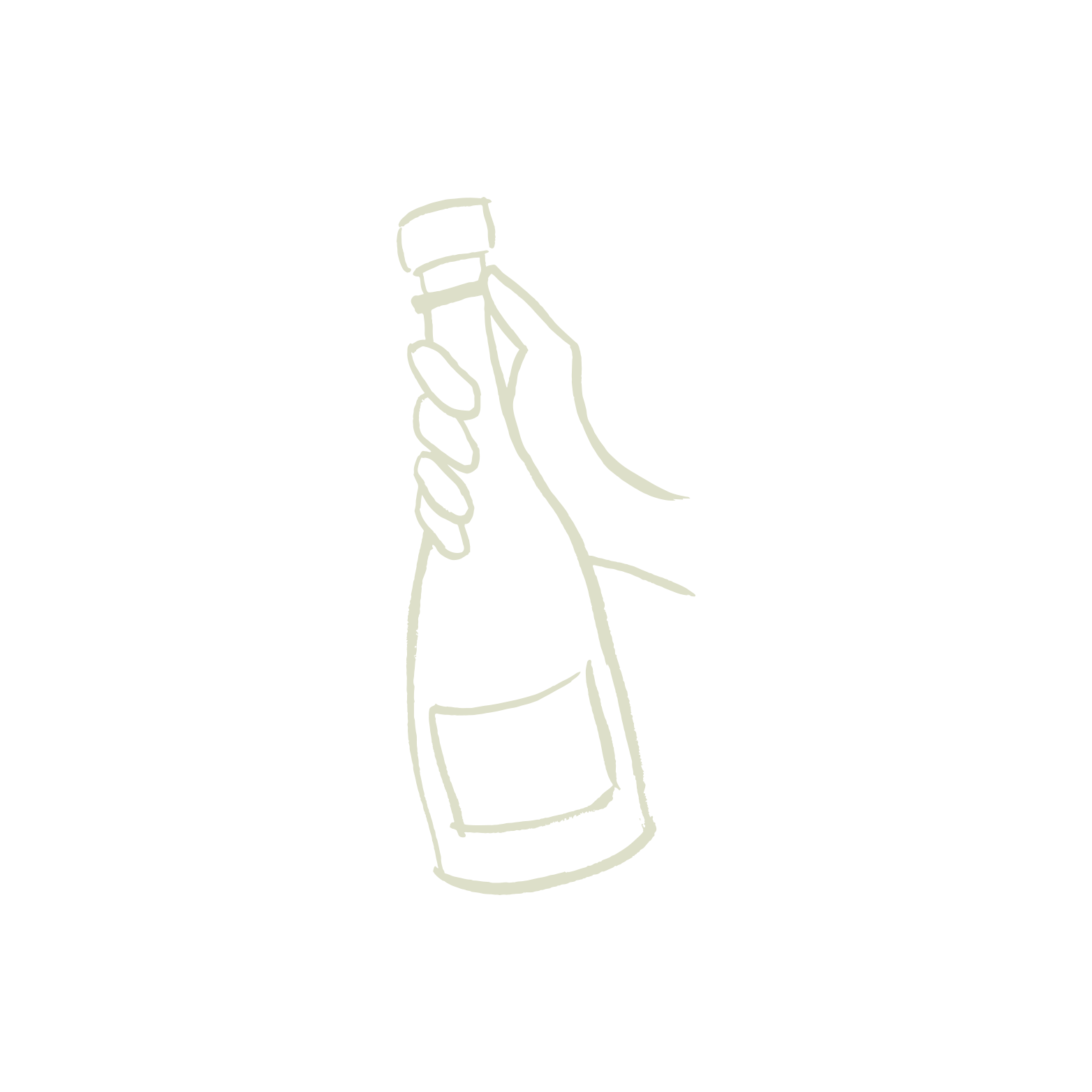First Friday Fizz: Frankenstein and fatcork Growers: Great Minds Think Alike
“It’s only considered ‘Frankenstein’ if it’s created in the Frankenstein region of France. Otherwise, it’s a sparkling monster.” - The Twitterverse
What do Champagne and our favorite no-name Halloween monster have in common? Besides the likely response to each when it pops out at your next dinner party, quite a lot, actually. In Mary Shelley’s famous gothic novel, Dr. Victor Frankenstein is a young scientist mourning the loss of his mother when, in his madness, he discovers a way to create life — assembling stolen body parts, adding some strange chemicals and using electricity to jolt the creature to life. Dr. Frankenstein keeps his creation a secret, until one day, it escapes. Although their methods are decidedly less grotesque, Champagne producers are, in many ways, like the mad scientist in the story. Guided by complex procedures and strict rules and standards set by Appellation d'Origine Contrôlée, these vignerons press, ferment and blend the juices from the grapes, add their desired mixture of sugar and yeast and, effectively, shock the bubbling beverage into life with a violent pop! It’s as if Mary Shelley wrote the scene herself, n’est-ce pas?




Brut force
When the vigneron feels their bubbles are ready, it’s time for the finishing touches. The bottles go through a slow, meticulous practice called riddling, where they’re tilted and repositioned until the dead yeast cells collect in the neck of the bottle. The glorious disgorgement process follows. The vigneron plunges the neck of each bottle into a freezing cold brine to solidify the yeast bundle at the neck behind the cap. Remember that violent pop? This is it! Quickly and with force, the vigneron removes the cap, and the built-up pressure expels the frozen clump of yeast out of the bottle, leaving behind a sparkling, crystal clear liquid. With their creation nearly complete, the vigneron adds a small amount of wine and sugar, called dosage, and seals the bottle with a cork and cage.

It’s all for you, fatcork Champagne drinkers
We send a forecast to our vignerons up to a year in advance, and all fatcork cuvées have been disgorged just for us. This practice has a double purpose, ensuring low waste for our growers and providing a guarantee of quality for fatcork customers. The longer the bubbles rest on the lees, the longer the Champagne will last post disgorgement. This also allows our growers to make custom fatcork cuvées.

Time is on our side …
At fatcork, we ask our growers to lock the cuvées up in their caves for at least three months post disgorgement before they are snatched up for delivery to fatcork. Add another three to four months in transit to our Seattle Champagne cave, and at six months post disgorgement, they’re ready to drink! While we recommend going that route (our motto is Celebrate Every Day!), you can hold onto Champagne for eight to 10 years post disgorgement. At 10 years, the relentless exchange of gas means what’s in the bottle will be a totally different experience — little to no bubbles, rich, old and almost sherry-like. Rosé ageability is a different beast. Always drink it when it’s fresh.
Armed with the date of disgorgement, you’ll know exactly where your bubbles are in their life cycle. A bottle disgorged six months ago will look and taste different than the same cuvée disgorged two years ago. You’ll also know if your bottle has had enough time to settle and for the dosage to become properly integrated. Finally, if you pair the vintage or blend of vintages with the disgorgement date of a cuvée, you’ll be able to piece together an idea of when it was bottled and how long it has aged before disgorgement. Subtract the disgorgement date from the current date, and you’ll uncover just how long the bubbles have aged under their cork. And because, now, we know you can’t live without them, we’re working with our growers to get these geeky details printed on the back label of each bottle by next year!
We hope you enjoyed learning more about the fantastical Methode Champenoise and its parallels to Mary Shelley’s eerie masterpiece, Frankenstein. Want to know more? Email us or visit us at our Champagne cave in Seattle. Team fatcork could truly talk about disgorgement for hours. Because when it comes to our infatuation with bubbles, we’re all a little mad. MUAHAHAHAHA …
Cheers,
Team fatcork

